Conjunction In Arabic: A Quick And Easy Guide
Advertisements
Conjunction is a crucial part of Arabic grammar. It is a particle or word that connects two phrases, clauses or sentences together in order to provide a smooth and cohesive flow of ideas.
In this lesson, we will be looking at some list of conjunction in Arabic, examples and meaning.
Conjunction In Arabic
In Arabic, the word for coordinating conjunctions or particles of conjunction is ِحُرُوْف العَطْف (huruful ataf). This word literally means “joining letter” and refers to words that are used to connect other words or clauses in a sentence.
There are several types of conjunctions in Arabic, each serving a specific purpose and function. The most common type is the coordinating conjunction, which is used to connect two clauses or sentences of equal importance. Examples of coordinating conjunctions include و (and), أو (or), and إلا (except).
For instance, the sentence “الطعام جيد و الخدمة رائعة” (The food is good and the service is excellent) uses the coordinating conjunction و to connect the two clauses and indicate that they are equally important.
Advertisements
Arabic Conjunctions List
Here is the list of most common conjunction in Arabic with their meanings in English.
| Arabic Conjunction | English Meaning |
| وَ | And |
| ثُمَّ | Later, Then Later |
| أَمْ | Or |
| أَوْ | Or |
| لا | Not, (Neither) Nor |
| لكِنْ | But |
| بَلْ | Rather, More Accurately |
| حَتّى | Even |
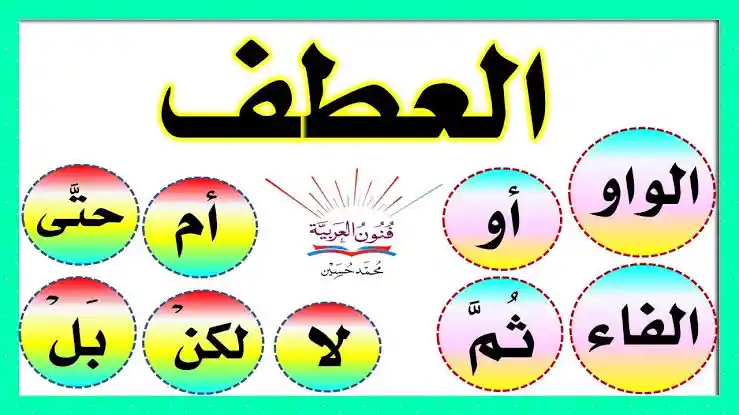
And In Arabic وَ
The Arabic word for and is وَ and pronounced as wa. It is the most common coordinating conjunction in Arabic.
It means that the things, persons, or actions that are coordinated by و accompany each other or happen alongside each other, as in these examples:
And (و) gives the most general way to join between things. It is used to join two things with each other.
If one comes before the other, و can be used, but it does not imply ordering. جاءَ زَيْدٌ وَ خالِدٌ could mean that Zaid came first or that Khalid came first.
Advertisements
When mentioning two things, and one is more important or concerning, it’s appropriate to start with that.
Examples
- Muhammad and Ali came جاءَ مُحَمَّدٌ وَعَلِيٌّ
- The book and the notebook are on the table الكِتَاب والدَّفْتَر فَوْق الطَّاوِلَة
- Muhammad and Ali went ذَهَبَ مَحمَّد وعَلِي
Then, So in Arabic (فَـ)
The Arabic word for so and then is فَـ pronounced as fa. It is used for ordering and sequencing (immediately after). فَـ order in which two things, persons, or actions occur/happen. It is also use for expressing a consequence.
Examples
- The student work hard, so he اِجْتَهَدَ الطَّالِب فَـنَجَحَ
- Read the story then the novel اِقْرَأ القِصَّة فَـالرِّوَايَة
- We ate the salad then the meat أَكَلْنَا السَّلَطَة فَـالَّلحْم
Read What Is Tanween In Arabic?
Later, Then Later ثُمَّ
The Arabic conjunction for later or a while after is ثُمَّ and the pronunciation is thumma. It is used to give ordering with a delay in follow up.
This conjunction is used for ordering and sequencing, however, it places a certain delay in the consequential action.
Examples
- Sarah went then later Muhammad ذهبت سارة ثم محمد
- I did the homework, then later I watched TV كَتَبْتُ الوَاجِب ثُمَّ شَاهَدتُ التِّلْفَاز
- I saw my friend then I went home رأيت صديقي ثم ذهبت إلى البيت
Not, (Neither) Nor (لا)
The Arabic conjunction for not and neither… nor is لا and pronounced laa. It is a conjunctive particle that negates for what’s after it the same thing you declared for what’s before it.
Besides being a negative particle (used to negating present verbal sentence), لا coordinates two nouns in an affirmative sentence, affirming that the action was done by the first person/thing and not the second.
If لا is used after و in a negative sentence, it is for negation rather than coordination, and و becomes for coordination. In such sentences, لا is added to emphasizes negation.
Examples
- Bakr came, not Khalid جاءَ بَكْرٌ لا خالِدٌ
- Muhammad went out not Ali خَرَجَ مُحَمَّد لا عَلِي
- The patient didn’t eat and nor he drank مَا أَكَلَ المَرِيْض وَلا شَرِب
Or In Arabic (أَوْ)
The Arabic word for or is أَوْ and pronounced aw. It can be used for several meanings, including:
to express doubt, to express ambiguity, for choice, and for permission, as in these examples
Giving a choice between options without allowing them together. For example,
- Marry Hind or her sister تَزَوَّجُ هَنْدًا أَوْ أُخْتَها
You can only marry Hind or her sister, but not both.
Giving feasible options, along with allowing them together. For example,
- Study fiqh or grammar ادْرُسِ الْفِقْهَ أَوِ النَحْوَ
There’s nothing wrong with taking both together.
Doubt, if you’re not sure which of two people arrived, you’d say قَدِمَ زَيْدٌ أَوْ عَمْروٌ (Zayd or ‘Amr arrived).
Or أَمْ
Or, written in Arabic أَمْ and pronounced am is used to seek a specific answer after using أ for a question.
Examples
- Did you study fiqh or grammar أدَرَسْتَ الْفِقْهَ أَمِ النَّحْوَ
- Did you drink water or juice? أشَرِبْتَ مَاءً أَمْ عَصِيْرًا؟
- Is Khalid at home or Sami? أَخَالدٌ فِي البَيْتَ أَم سَامِي؟
Even in Arabic (حَتّى)
The Arabic word for even is حَتّى and pronounced as hatta. It is a preposition and particle used with present tense to indicate a future action.
Hatta is a coordinating conjunction used for glorification or abasement (what you said is applied, a little at a time).
Examples
- People will die, even the prophets يَمُوْتُ النّاسُ حَتَّى الْأنْبِياءُ
- The people sat down even the king. جَلَسَ النَّاس حَتَّى المَلِك
- The students failed even Ali (who’s the best). رَسِبَ الطُّلاب حَتَّى عَلِي
Rather, More Accurately (بَلْ)
The Arabic conjunction for rather, instead or more accurately is بَلْ and pronounced bal. It is used for rejecting what is mentioned in the first instance and approving what is mentioned second, and it is used in affirmative and negative sentences.
Examples
- He didn’t drink water, rather juice مَا شَربَ مَاءً بَل عَصِيْرًا
- I read the newspaper, rather the magazine. قَرَأتُ الجَرِيْدَة بَل المَجِلَّة
- I visited America, more accurately San Diego. زُرْتُ أَمْرِيْكَا بَل سَان دِيِيْغُو
But In Arabic (لكِنْ)
The Arabic word for but is written as لكِنْ and pronounced laakin. It is used for correcting what is being said, that is one says one thing and you correct it by providing a different noun/action verb in a negative statement.
You confirm what’s said before it and confirm the opposite for what’s after it. It has to come after a negation (no/not) or a prohibition (Don’t), and only a single word must be after لكن, not a sentence or semi-sentence.
Examples
- The boy didn’t go out but the girl (did) مَا خَرَجَ الوَلَد لَكِنْ البِنْت
- I don’t love lazy people, but [I do love] hard workers لا أُحِبُّ الْكُسالى لكِنْ الْمُجْتَهِدِيْنَ
- Don’t drink the water but (drink) the milk. لا تَشْرَب المَاء لَكِنْ الحَلِيْب
Either Or (إِمّا)
Either or is written in Arabic as إِمّا and pronounced immaa. It’s similar to أو (“or”).
- Marry either Hind or her sister تَزَوَّجْ إِمّا هِنْدًا وَإمّا أُخْتَها
There is a debate about this one. In short, it’s probably not one of the actual particles of conjunction, but since the author of الآجُرومِيَّة considered it so and for the sake of completeness.
Conclusion
In conclusion, conjunctions are an essential part of the Arabic language, and they play a crucial role in expressing various relationships between words and ideas.
The correct use of conjunctions in Arabic not only adds clarity and coherence to the sentence but also enhances its overall meaning and impact.
Advertisements

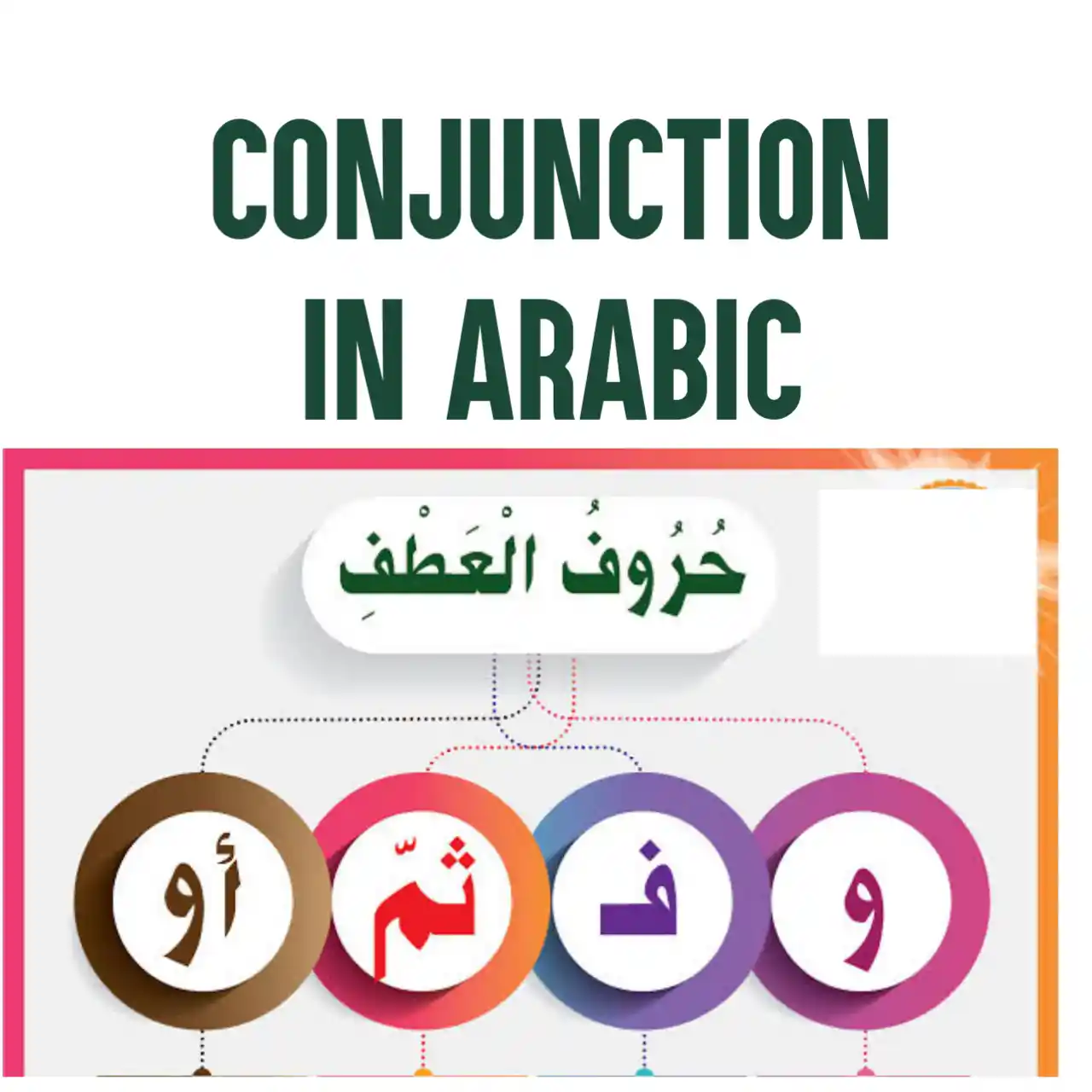



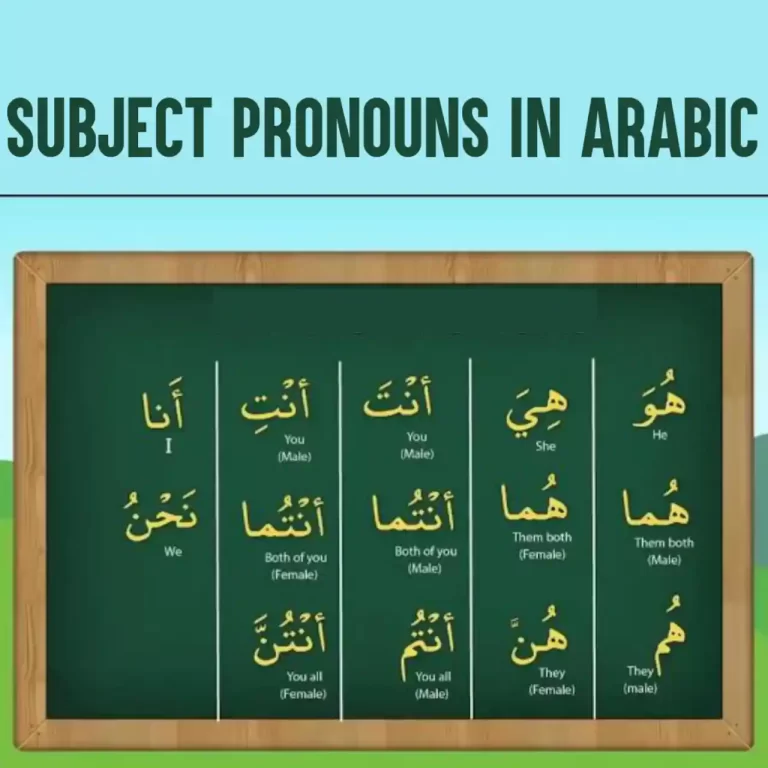
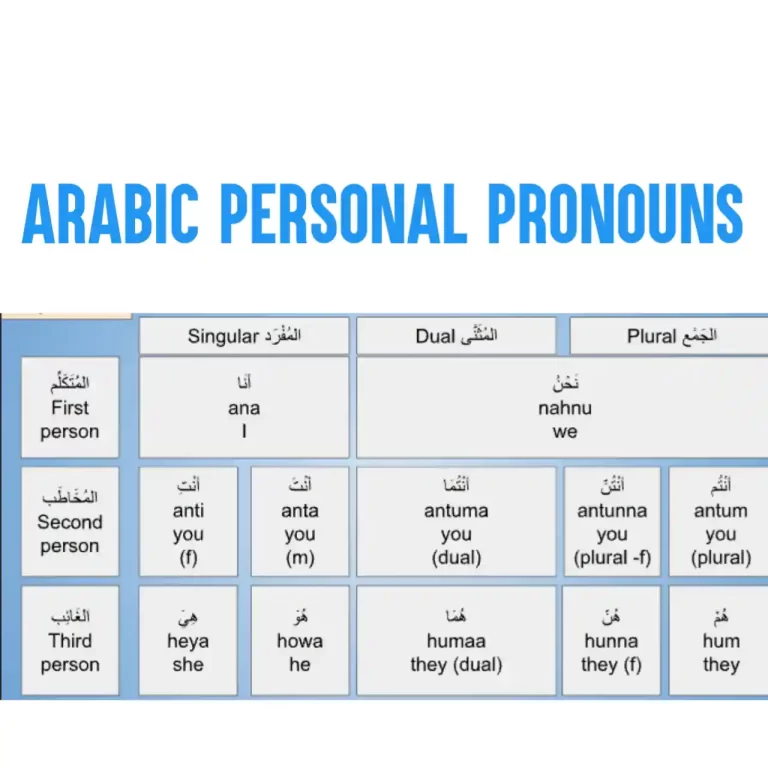
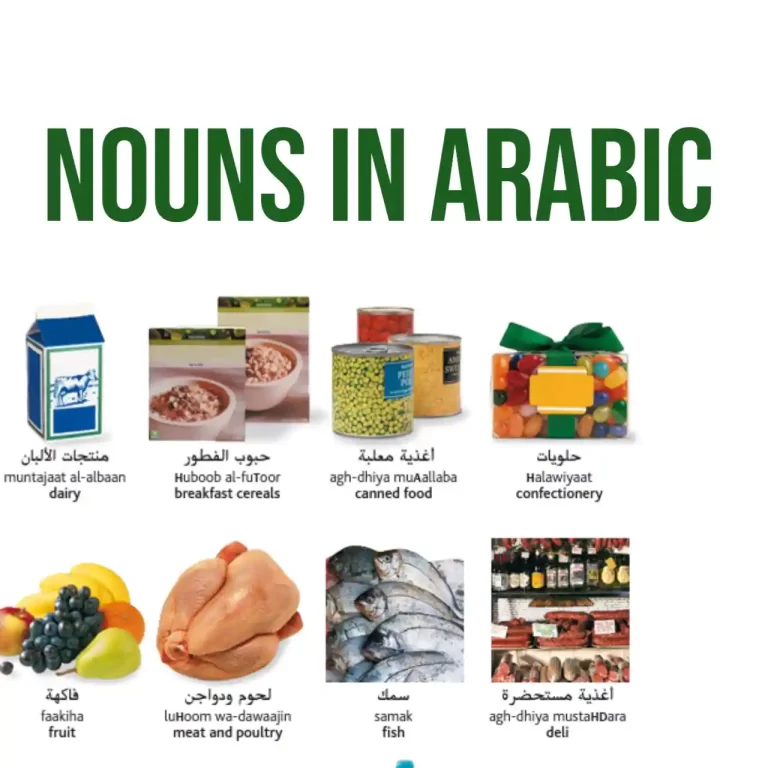
3 Comments